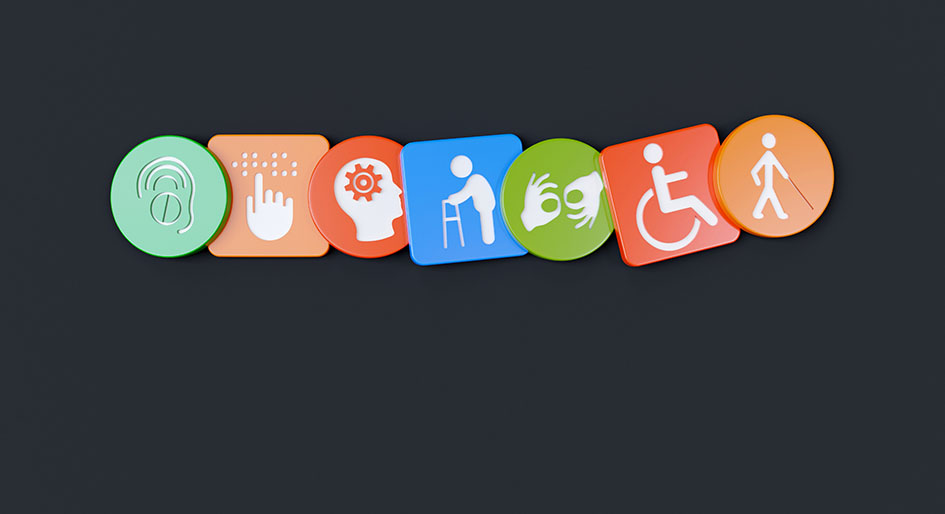The Rick Hansen Foundation (RHF) and architecture and design firm HCMA, have published new research on the costs and strategies to retrofit existing office towers and schools to improve accessibility.
The extensive study estimates that RHF Accessibility Certified Gold can be achieved through upgrades in an office tower at less than 0.5 per cent of the replacement cost, and in a K-12 school for less than 1.5 per cent of the replacement cost (all buildings built between 1974-2019). The study outlines strategies that management can take to increase the feasibility of upgrades and to cost-effectively improve accessibility for people of all ages and abilities.
Rick Hansen Foundation Accessibility Certification (RHFAC) is a national rating and recognition system that measures and certifies the level of meaningful access of buildings from the perspective of people with varying disabilities.
The new study included 10 RHFAC rated office towers (base building spaces only) and 10 RHFAC rated schools, all built between 1974-2019 in B.C. and Ontario, in or near large urban centres. The researchers then developed prototype buildings based on typical conditions and features of these sites to determine average costs to retrofit.
“Understanding what it takes to retrofit existing buildings and schools is critical to achieving an accessible country for people of all ages and abilities. I encourage building owners, managers, and designers to take a good hard look at this new research which provides helpful data on the costs to recuperate an accessibility retrofit over time. The study also highlights the numerous ways to improve accessibility at no to minimal cost with the goal of more inclusive school and work environments for everyone,” says Doramy Ehling, CEO, Rick Hansen Foundation.
Changes that improve building accessibility at no cost include relocating furniture and waste bins thereby clearing space and ensuring adequate clear widths and turning aisles. Changes that improve accessibility at minimal cost include introducing assistive listening systems at reception desks; adding braille lettering to directory boards and room signage; installing directional signage with prominent colour contrast; and moving washroom accessories and dispensers to accessible heights and locations. Examples of higher cost retrofits include upgrading fire alarm systems and creating accessible kitchens and universal washrooms.
The new research also shares the cost to retrofit to RHFAC Gold as a cost per square foot of gross floor area, calculated at $1.50 for office buildings and $9.00 for school buildings.
“The cost to achieve a meaningful level of access is remarkably low when building owners amortize the cost over time. Owners are constantly investing money to maintain and update their buildings. Dedicating cents per square foot to make these buildings more inclusive should be standard and expected,” said Darryl Condon, managing principal of HCMA.
The report shows that funding barriers may be overcome through a phased implementation strategy that includes accessibility upgrades as part of planned project and maintenance upgrades, allowing costs to be amortized over time.









